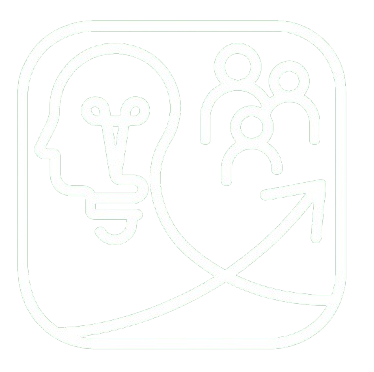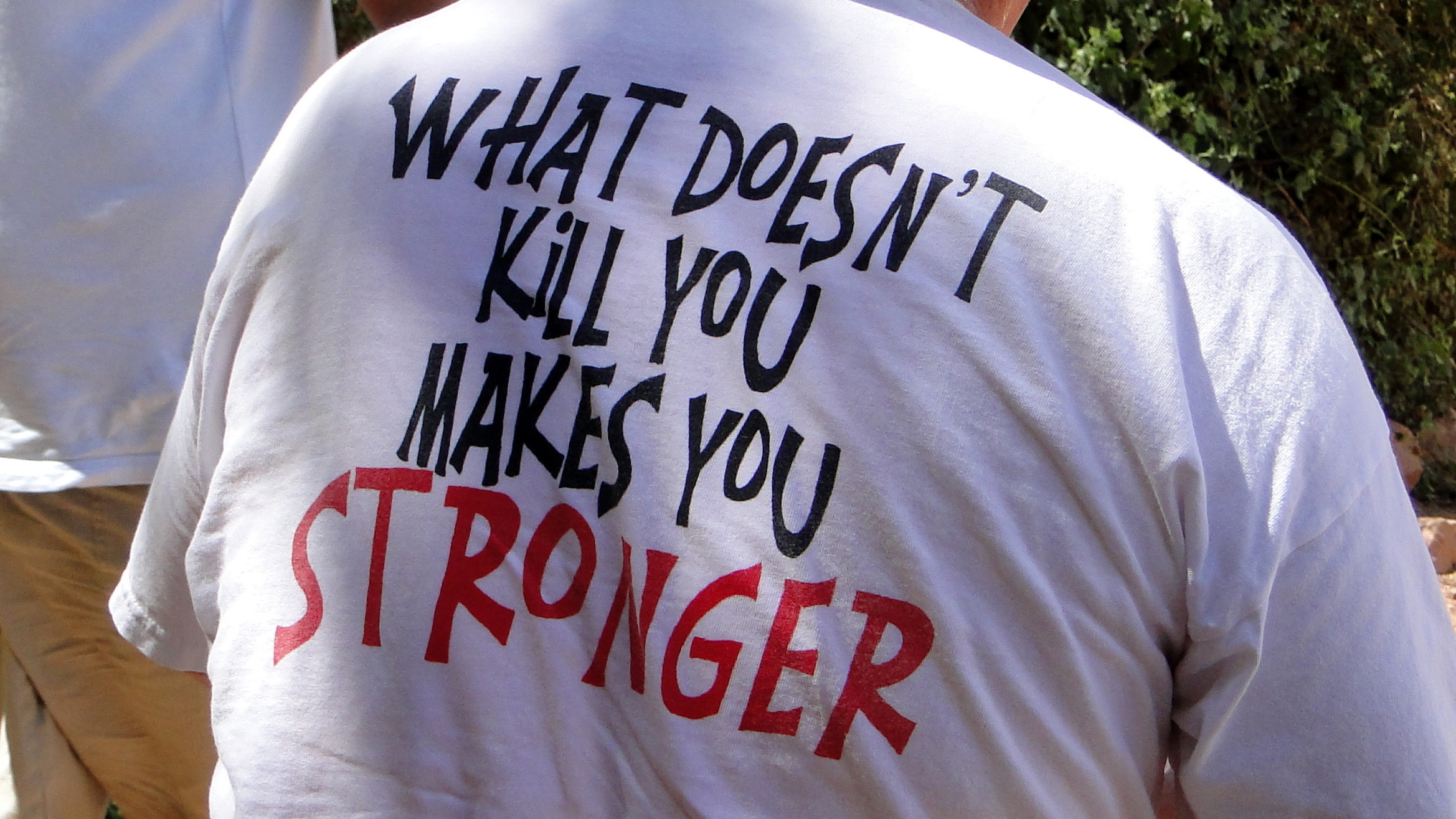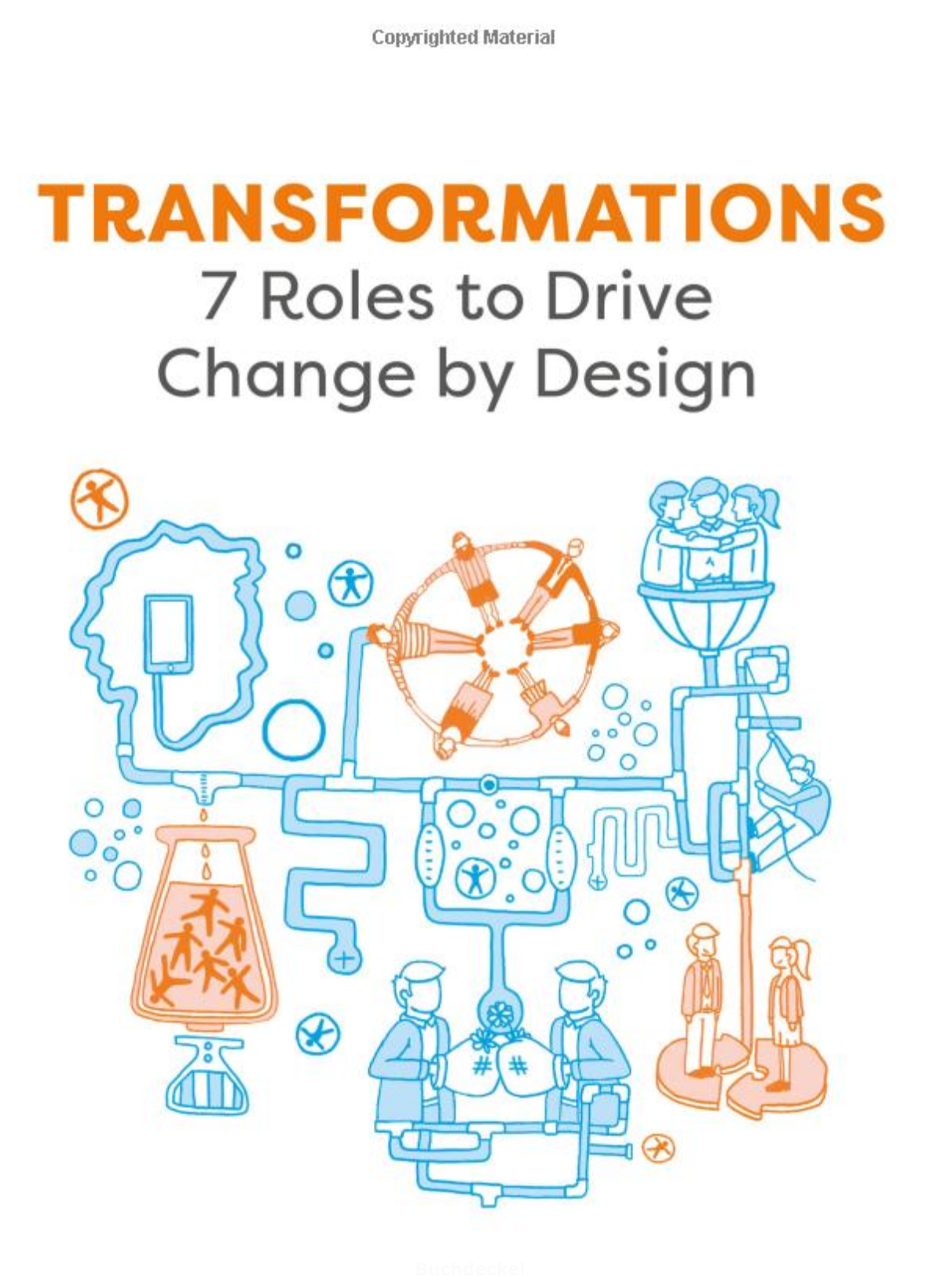In jedem Abschied steckt ja auch ein Wiedersehen, und daher habe ich mich besonders darüber gefreut, […]
Welche Freude zusammen mit einem meiner Lieblings-Design-Thinker und guten Freund Joern Bruecker auf gemeinsame 5 Jahren […]
Dieser Artikel wurde im Original von Imke Vierjahn in der SAP User Experience Community publiziert. Vielen […]
Der Faktor Mensch im Design Thinking Wer nicht mit der Zeit geht, geht mit der Zeit. Spätestens […]
Wie kann Design helfen, Organisationen, Unternehmen und Teams hin zu mehr Innovation, Kreativität und Zukunftsfähigkeit transformieren? […]




